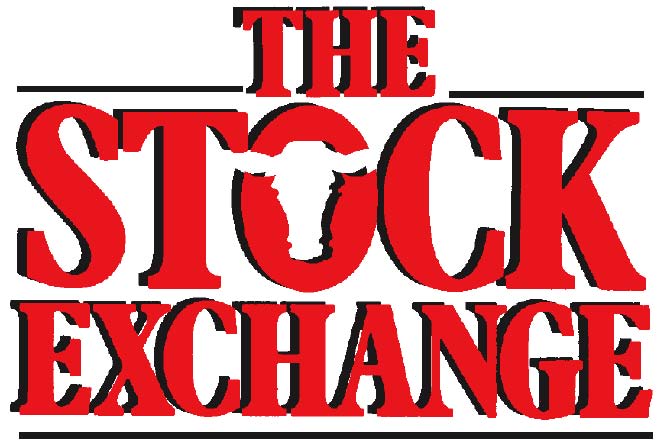Ways to minimize death loss in calves
K-State beef experts offer common sense advice MANHATTAN, Kan. – Growing up on a livestock operation teaches agriculturists such life lessons as the value of hard work, the miracle of birth, the joy of caring for animals and, sometimes, the loss of livestock. Recently, experts from the Kansas State University Beef Cattle Institute tackled the topic of calf death loss on a weekly podcast. Leading the discussion was veterinarian Bob Larson with BCI…
